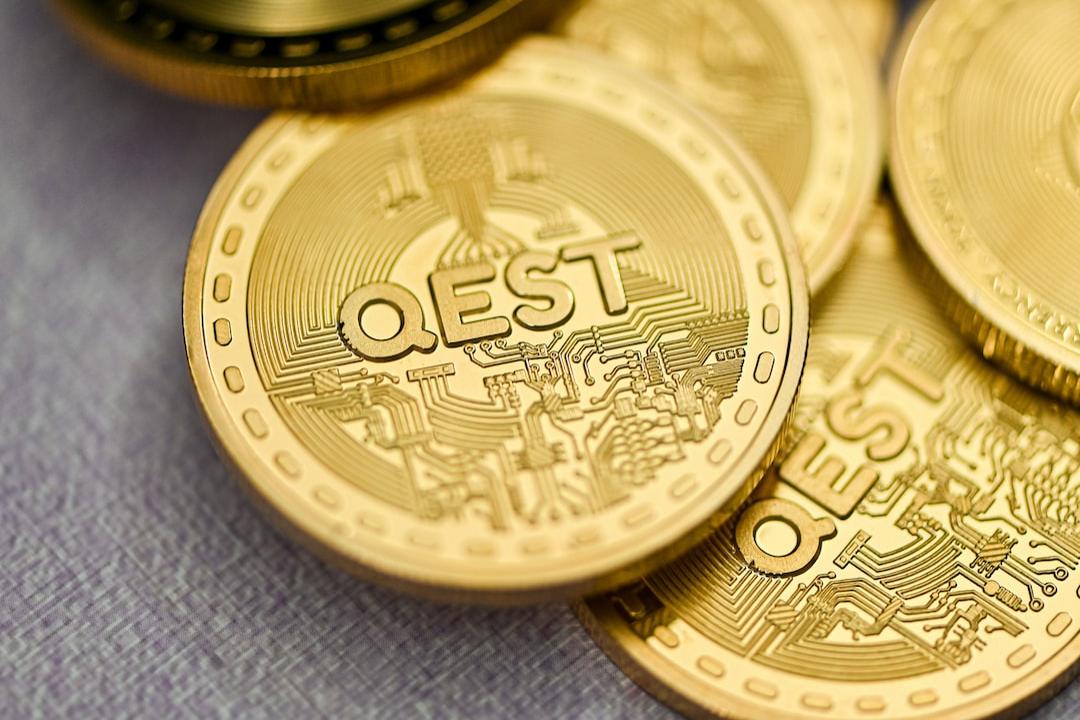Author: Deep Tide TechFlow
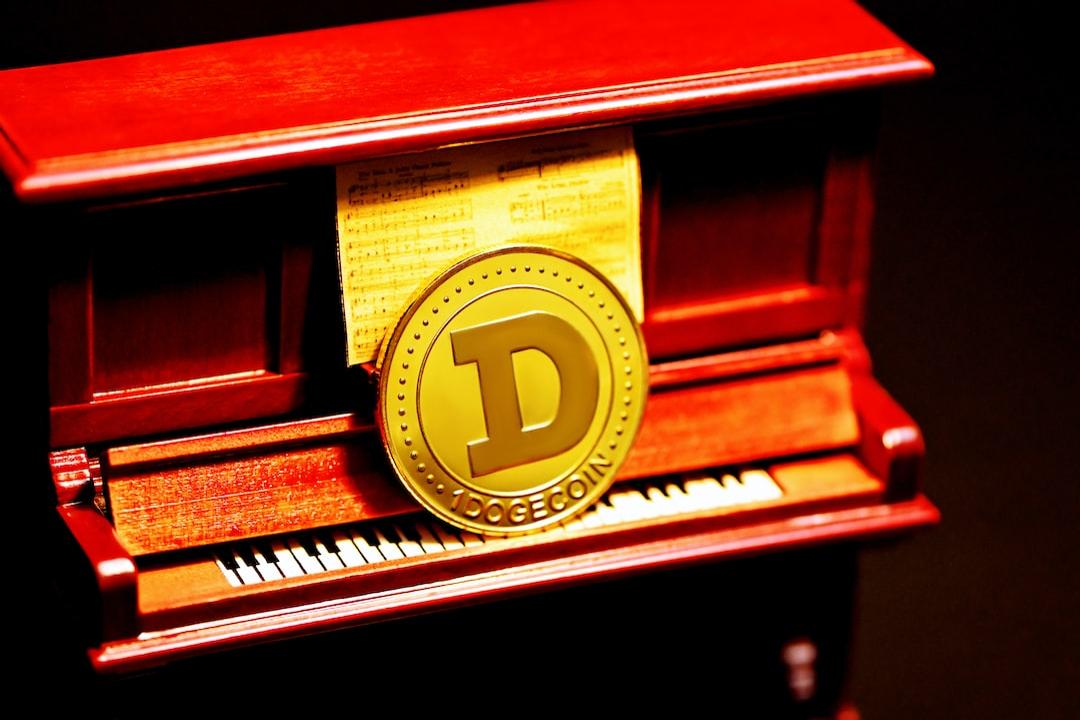
Unbeknownst to many, Donald Trump has become a key figure influencing the cryptocurrency market.
Yesterday, he announced on social media the inclusion of multiple “Made in America” altcoins into the strategic reserve, prompting the market to respond with a bullish candlestick; XRP, SOL, and ADA all experienced varying degrees of increase.
Today, Bitcoin fell from 94,000 back to 84,000, welcoming us to the “Presidential Market.”
From participating in Bitcoin conferences to proposing that America become the “capital of the crypto world,” and then establishing a national crypto reserve while signing an executive order for a digital asset working group, Trump seems to demonstrate his firm determination regarding the crypto industry.
However, his launch of the $Trump coin has sparked controversy, with the market perceiving it as a potential liquidity drain that could undermine the value of other cryptocurrencies. Some have even questioned whether he simply aims to make a quick profit through the crypto market.
Everything is within his control, yet he remains elusive—conflict, contradiction, and unconventionality.
If you cannot see a person clearly, perhaps you can find answers in his books.
You may not know that Trump is also a bestselling author. He has published 16 books to date, all of which have made it onto bestseller lists. Among them, “The Art of the Deal” is his proudest work, which he claims is his second favorite book, second only to the Bible.
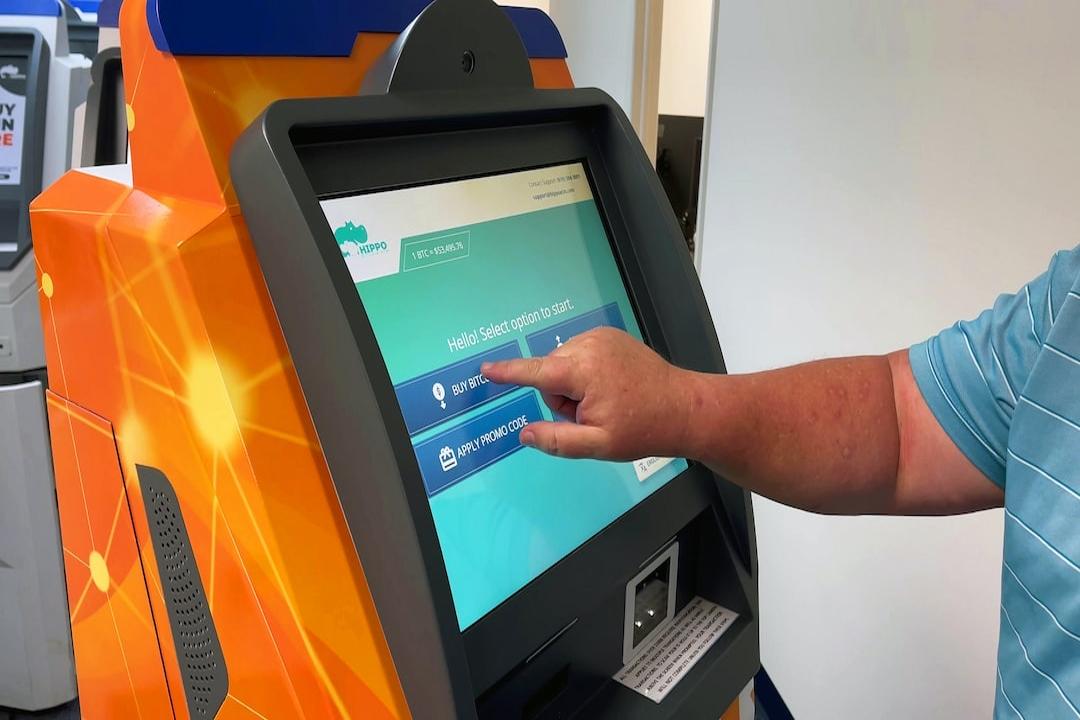
This book, co-authored with writer Tony Schwartz in 1987, is an autobiographical work. In it, Trump shares his successful experiences in the business realm and how he achieved success through unique ways of thinking and negotiation skills.
Therefore, if you view him as a businessman, everything he does is aimed at better deals and achieving business objectives.
With this personality and motivation, some seemingly contradictory actions become easier to comprehend.
For instance, a key concept reflected in the book is leverage. Trump writes:
“Leverage: don’t make deals without it. Enhance.”
If you translate this directly, it means leverage: don’t make deals without it. Enhance it.
Looking back at his various actions in economic and political arenas, you will notice that most are about using leverage to achieve his goals.
Table of Contents
Toggle
All Conflicts Are Business
Both Crypto and Leverage
11 Principles from “The Art of the Deal”
Conclusion
At the end of last year, Trump posted on his social media platform Truth Social:
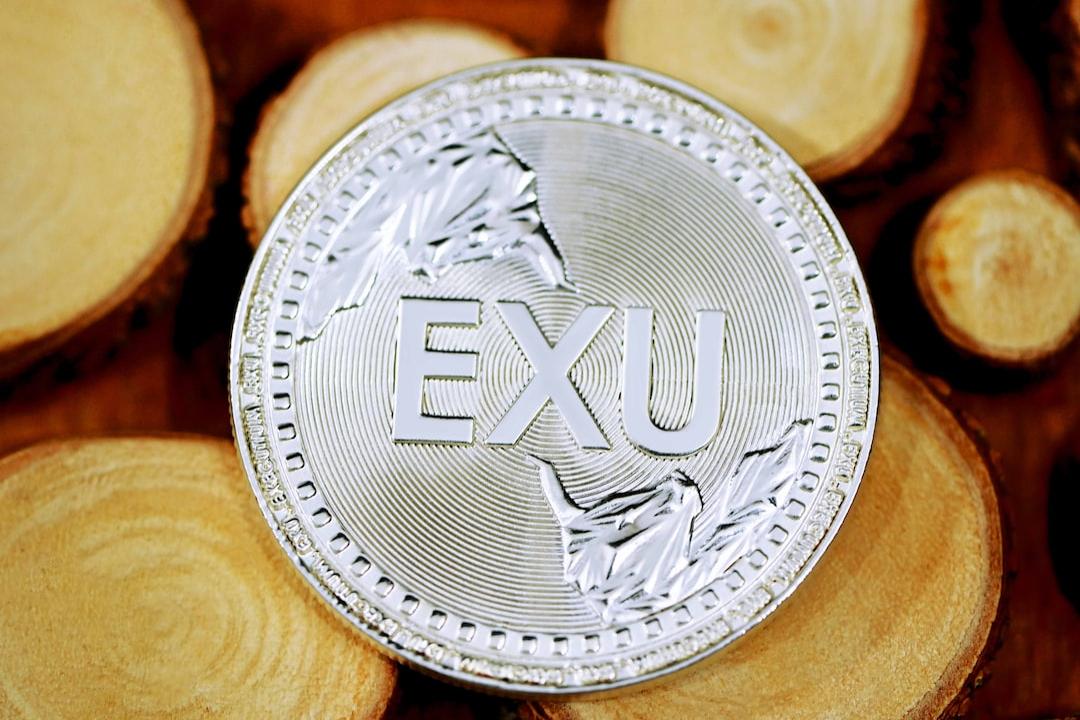
This statement once again demonstrates Trump’s typical style of using tariffs as a negotiation threat. Here, tariffs are viewed as a form of leverage to force concessions from opponents.
By creating unbearable pressure on the other side, he compelled the EU to reconsider its position in trade negotiations, reflecting his business mindset—every conflict can be transformed into a part of business.
His recent maneuvers regarding the Russia-Ukraine war also embody this leverage mentality.
On February 19, 2025, he released a statement on X criticizing Ukrainian President Zelensky, stating, “Ukraine could have avoided the war through negotiation,” implying that Ukraine should have reached an agreement with Russia earlier.
Although this statement was fact-checked as misleading—since the war was triggered by Russia’s invasion on February 24, 2022—Trump’s position reveals his intent: by controlling U.S. military aid to Ukraine and sanctions against Russia, he seeks to force both sides to the negotiation table.
The U.S. is Ukraine’s largest aid provider, having pledged over $44 billion in military support in 2024.
Trump may leverage this aid to threaten a reduction or suspension of support, compelling Ukraine to accept terms more favorable to Russia. Meanwhile, he might draw Moscow closer by hinting at easing economic sanctions against Russia—such as lifting certain energy or financial restrictions.
This dual leverage strategy embodies the concept of “having something the other side needs” from “The Art of the Deal.” Through negotiation, he may hope to quickly facilitate peace, showcase his “deal-making ability,” and potentially gain economic benefits from it.
A few days ago (March 2, 2025), Zelensky was seen arguing with Trump at the White House in front of the national media, further exposing the contradictory focus of this strategy. A White House statement indicated that Trump proposed a “mineral rights cooperation plan,” hoping that Ukraine would concede some resources (such as lithium and rare earth minerals) during peace talks in exchange for peace;
Zelensky angrily rebutted, viewing this as a threat to Ukraine’s sovereignty. The contradiction lies in Trump’s apparent desire to seize more Ukrainian resources through negotiations, transforming war into a business.
This action perhaps also illustrates his tendency to simplify international conflicts into transactions—everything is aimed at achieving a better “business objective,” even if it may damage alliances or provoke international criticism.
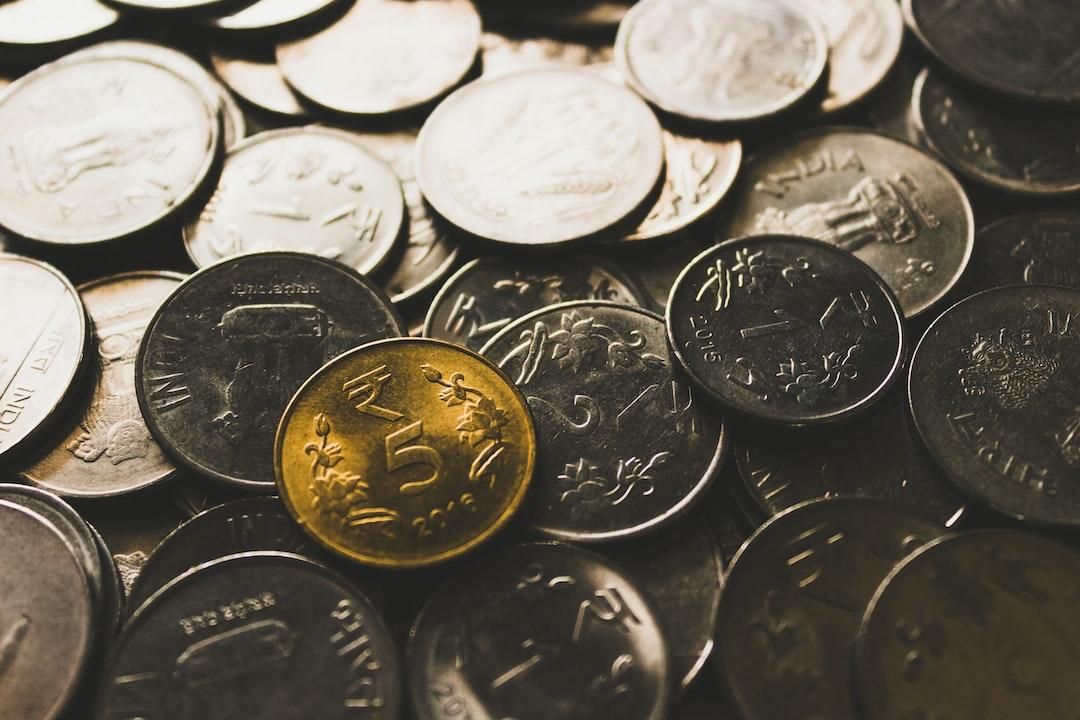
In the world of cryptocurrencies, Trump’s actions are also rife with traces of leverage.
On March 2, he announced on X the inclusion of Bitcoin (BTC), Ethereum (ETH), Ripple (XRP), Solana (SOL), and Cardano (ADA) into the U.S. strategic reserve. The market immediately responded with a bullish candlestick; XRP surged by 33%, SOL rose by 22%, and ADA skyrocketed by over 60%.
This policy leverages government endorsement to directly boost the value of these coins, enhancing his influence in the market.
Furthermore, Trump’s prior launch of his own $Trump coin and the establishment of a strategic reserve are seen as multiple manifestations of leverage strategy.
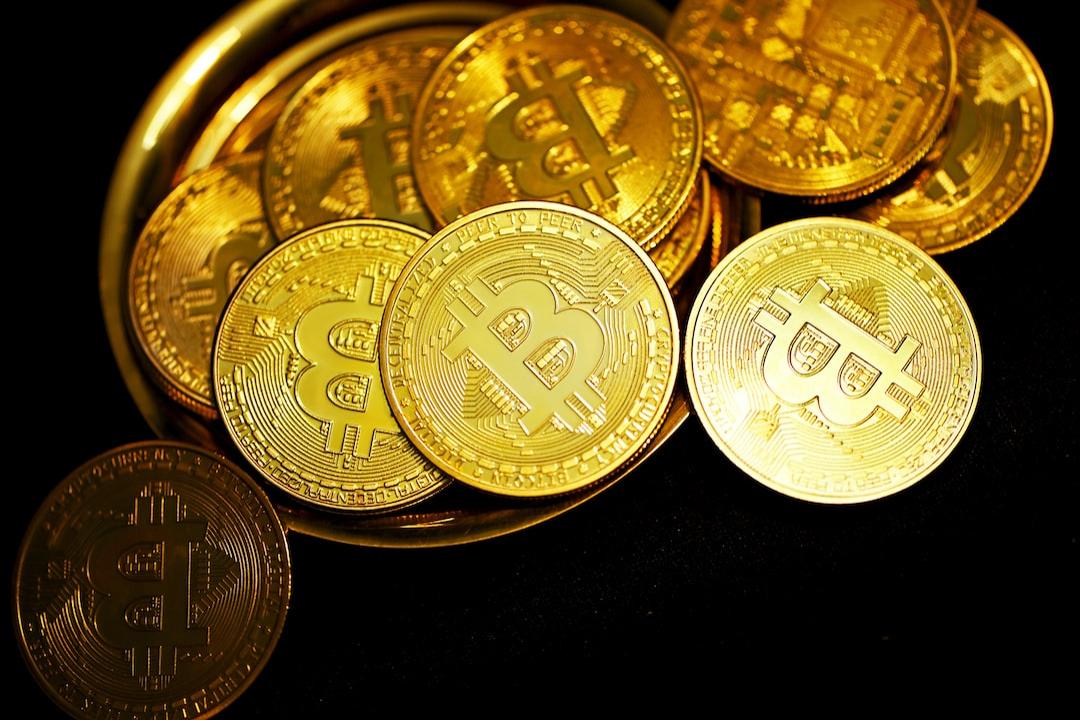
First, he may leverage the inclusion of specific altcoins to compel other government departments—such as the Treasury or the Federal Reserve—to support his pro-crypto policies. On January 23, 2025, he signed an executive order to create a digital asset working group, led by his appointed “White House AI and Crypto Czar” David Sacks, an action regarded as a way to bypass Congress and directly push his agenda.
All these initiatives reflect his attempts to pull the opposition into his orbit.
Secondly, this policy may use cryptocurrency as a bargaining chip in partisan and economic politics. He stated on X that he aims to “ensure that America becomes the capital of the crypto world,” which is not only to attract the support of the crypto community—a growing voter demographic—but also to compete with other major powers in international competition, preventing rival countries from dominating the digital asset market.
Setting aside whether other countries genuinely aim to dominate the digital asset market, this excuse or rhetoric is evidently a form of geopolitical leverage.
But don’t forget, as president, he is serving the country; yet privately, he has more family businesses.
For instance, the $TRUMP coin that drains market liquidity and causes significant drops in the crypto market.
Some industry leaders question whether the inclusion of newer coins like XRP, SOL, and ADA favors specific interests, perhaps even relating to Trump’s family’s World Liberty Financial platform.
The launch of the $Trump coin has further been accused of draining market liquidity and undermining the value of other coins.
As a retail investor, you may feel deeply hurt by him; yet all this aligns with the principle of “maximizing options” from “The Art of the Deal”:
Through leverage, he is both a policymaker and a market participant, attempting to maximize benefits in both the real world and the crypto world, even if it may leave some people unhappy.
From the negotiation strategies regarding the Russia-Ukraine war to the leverage operations in the cryptocurrency market, Trump’s every move seems to practice the creed of “no deals without leverage” from “The Art of the Deal.”
But the treasures in the book do not end there.
Recently, Trump’s actions not only showcase his business mindset but also pique our curiosity: how has he systematized these concepts and repeatedly validated them throughout his decades-long business career?
Let us dig deeper to see how the core principles summarized by Trump in the book provide a blueprint for today’s conflicts and business.
Appendix: 11 Principles of Negotiation from Trump’s Book:
1. Think Big
Trump believes that most people hesitate to take risks out of fear of failure, and this hesitation gives him the opportunity to win. His focus is laser-sharp, sometimes bordering on obsession, much like his bold inclusion of altcoins in the crypto strategic reserve, attempting to reshape the market landscape.
2. Protect the downside and the upside will take care of itself
In the negotiations regarding the Russia-Ukraine war, he might test the bottom line by threatening to reduce aid, ensuring that, regardless of the outcome, U.S. interests will not be harmed.
3. Maximize the options
This flexibility is evident in his simultaneous launch of the $Trump coin and the push for a national reserve, running multiple lines to maximize the probability of success.
4. Know your market
Trump has stated that he chats with taxi drivers to understand the real estate market.
5. Use Your Leverage
6. Enhance Your Location
7. Get the Word Out
Clearly, Trump excels at amplifying influence through social media, from announcing the crypto reserve to advocating for the Russia-Ukraine negotiations; every step he takes is accompanied by high-profile promotion to ensure that momentum overshadows controversy.
8. Fight Back
This was vividly displayed during the shouting match between Zelensky and him at the White House; facing opposition, he did not back down, insisting on advancing his “business plan”; yet, with Musk, it was a different scene.
9. Deliver the Goods
He has promised in his crypto policy to make America the “crypto capital,” and despite ongoing controversies, he is still working hard to maintain market confidence.
10. Contain the Costs
He pursues efficiency in business, and this mindset may reflect how to adjust with minimal aid to achieve maximum benefits from the Russia-Ukraine negotiations; frugality permeates throughout.
11. Have Fun
Whether manipulating the crypto market or intervening in international conflicts, Trump seems to enjoy the process, viewing each gamble as a worthwhile business adventure.
From the “Presidential Market” in the crypto arena to the negotiation gambits in the Russia-Ukraine war, Trump has leveraged every conflict into a bargaining chip on the business stage.
Whether it is threatening the EU with tariffs, manipulating the Russia-Ukraine situation through aid and sanctions, or stirring the crypto world with strategic reserves and the $Trump coin, every step he takes follows the core logic of “no deals without leverage” from “The Art of the Deal.”
This business mindset allows him to navigate through contradictions and conflicts, yet it also frequently leaves allies, markets, and global situations in uncertainty.
As revealed by the 11 principles in his book, thinking big, leveraging well, and enjoying the game—these are not only his negotiation blueprint but also a reflection of his character.
To some extent, this represents a unity of knowledge and action.
Trump’s art of negotiation is bound to continue stirring waves during his tenure; may your positions on the ship remain unturned.
This article is authorized to be republished from Deep Tide TechFlow.

